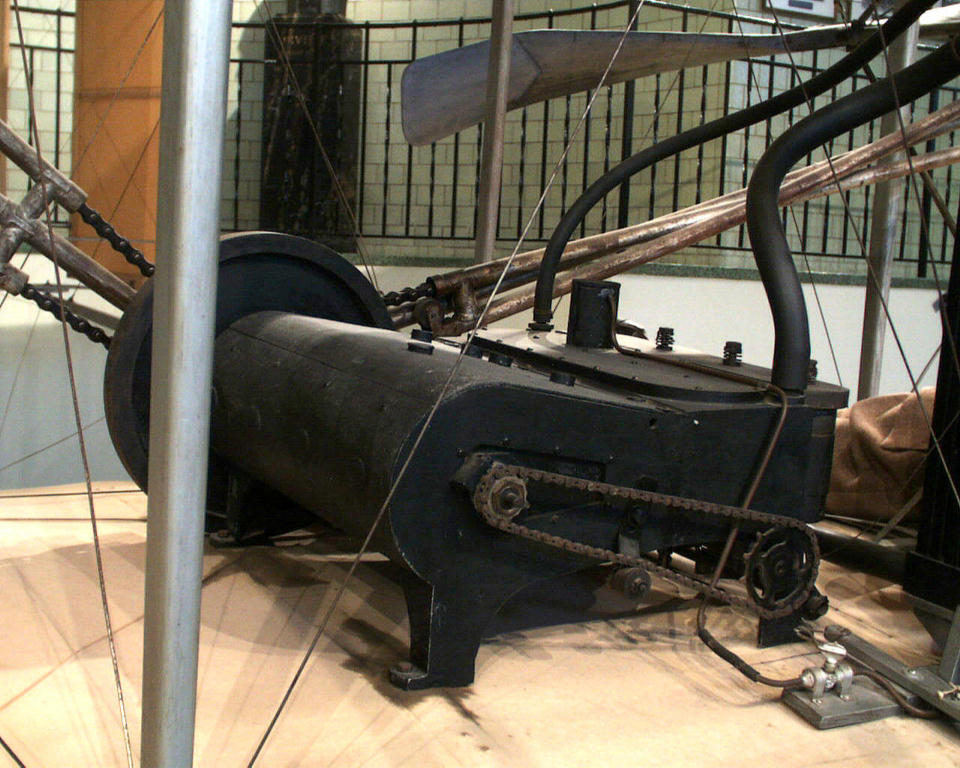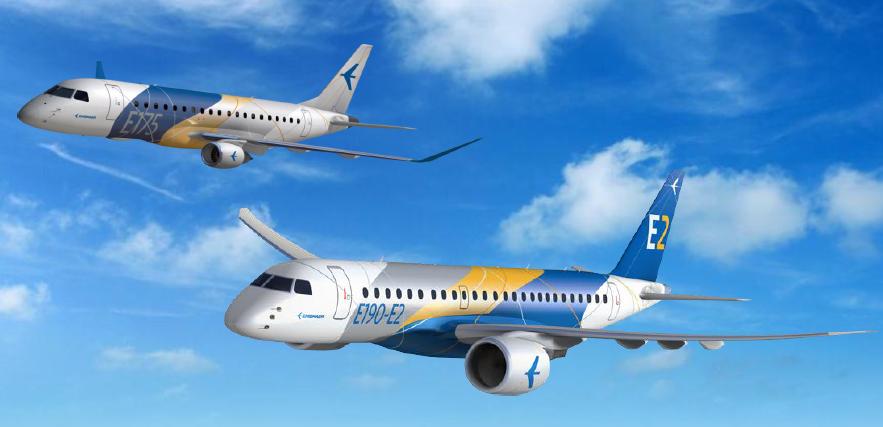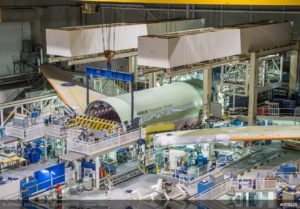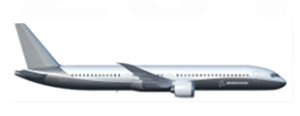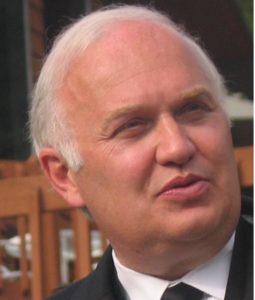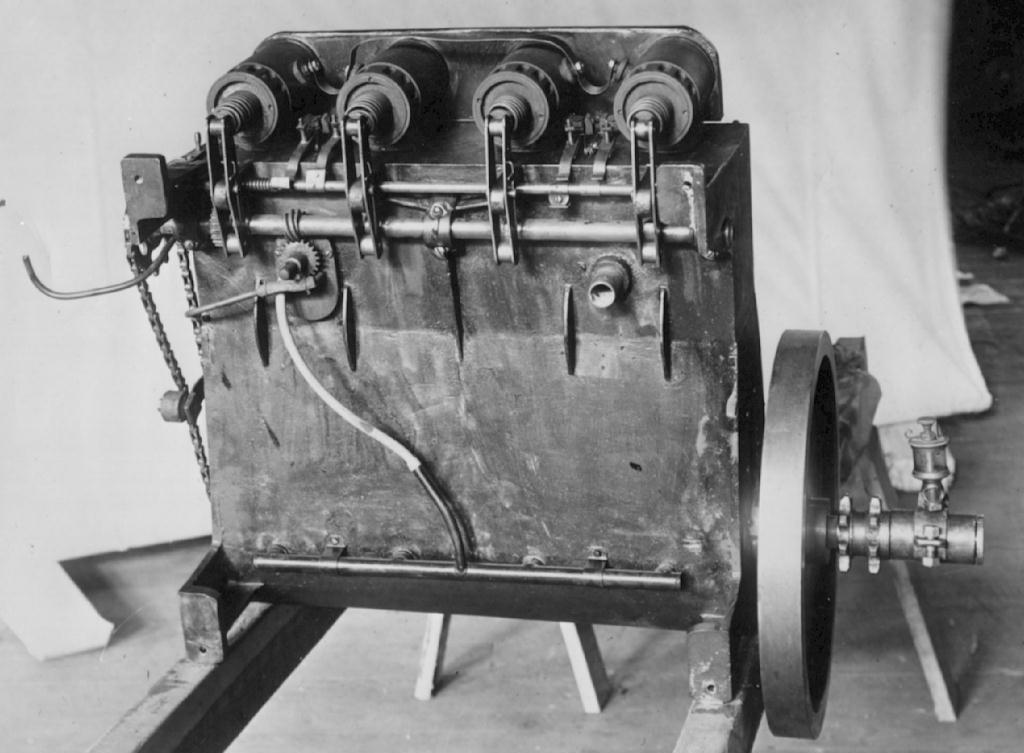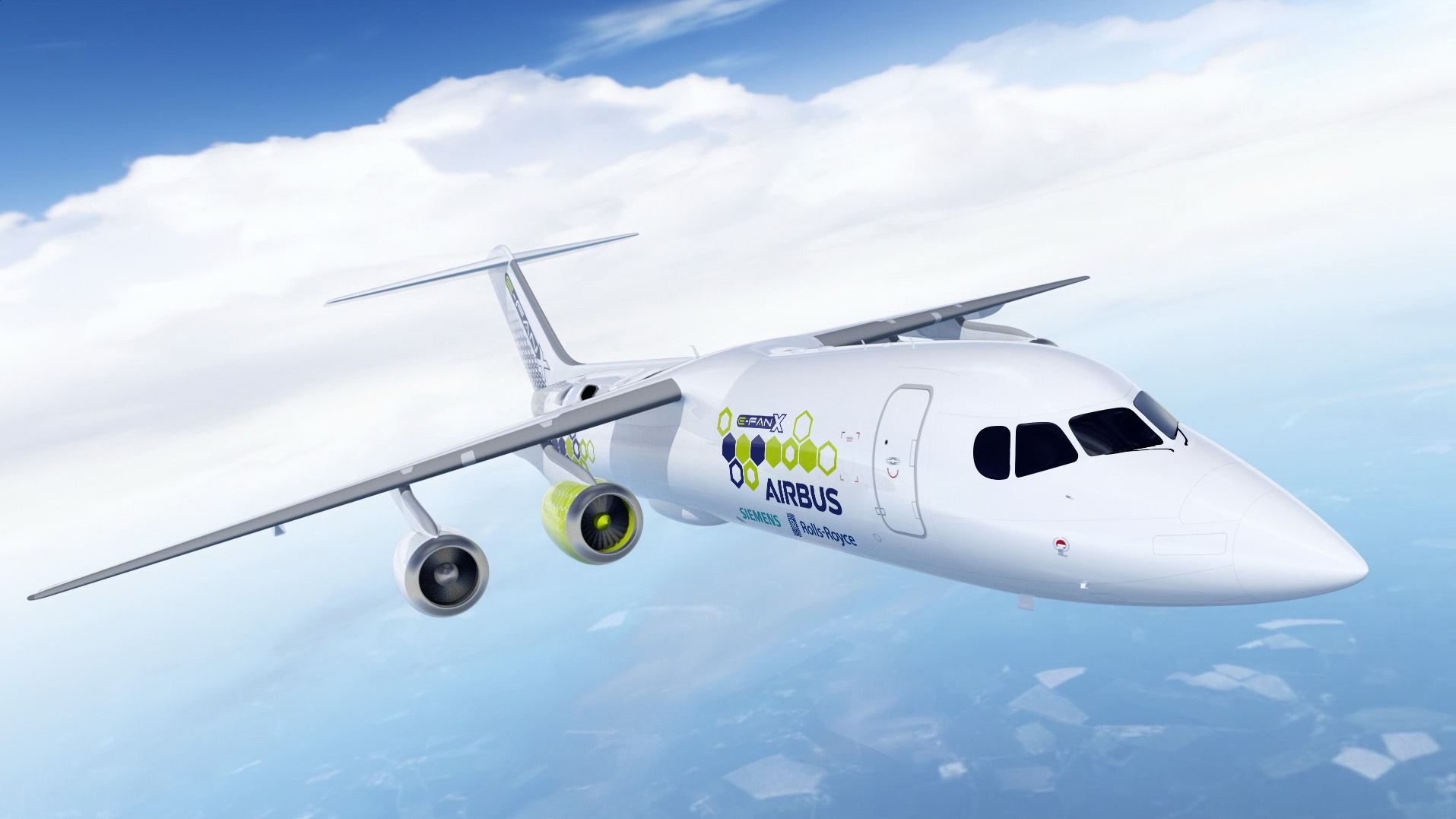Leeham News and Analysis
There's more to real news than a news release.
Bjorn’s Corner: Aircraft drag reduction, Part 8
December 08, 2017, ©. Leeham Co: In the last Corner we described how the Wright Brothers developed their own engine, as there were no light engines on the market.
After understanding how to design wings, how to control the aircraft and having designed a suitable engine, the final item the Wrights needed was a working propeller.
Airbus’ strategy for the A330-800
By Scott Hamilton
Dec. 6, 2017, © Leeham Co.: The A330-800 entered the final assembly line last week at the Airbus production plant in Toulouse, France, amid doubts in the industry that the airplane will be produced beyond the prototype.
There is only one order for the sub-type, six from Hawaiian Airlines—and Hawaiian is expected to cancel the order. The airline is running a competition between the Airbus A350-900 and the Boeing 787-8/9, according to market intelligence.
Boeing moves EIS target for NMA to 2027: sources
Subscription Required
Introduction
Dec. 4, 2017, © Leeham Co.: Officially, Boeing says the New Midmarket Aircraft (NMA, or 797) entry-into-service will be around 2024-25 if the program is launched.
LNC has learned the target date now being discussed is 2027.
This means the 737 replacement likewise slips, with EIS after 2030 instead of late next decade or in 2030.
The new NMA target date, which we’ve heard from the supply chain and customer base, gives further impetus to the prospect of restarting the 767-300ER passenger production, a decision that is supposed to be made by the end of this year.
Summary
- Technology is at the heart of the new target EIS for the NMA.
- The 737 replacement was always intended to follow the NMA.
- Supply chain asked for 767 production rate ramp-up feasibility.
Bjorn’s Corner: Aircraft drag reduction, Part 7
December 01, 2017, ©. Leeham Co: In previous Corners, we looked at how the Wright Brothers understood the wing aerodynamics and aircraft control.
We now describe how the Wright cracked the third nut keeping them from manned flight, propulsion.
When they had mastered the design of effective wings and control of their gliders (see previous Corners), the Brothers now worked on finding an engine and a functioning propeller.
Would a 767 stopgap make sense while waiting for NMA?
By Bjorn Fehrm
Subscription Required
Now open to all readers.
Introduction
November 30, 2017, © Leeham Co.: We have covered Boeing’s deliberations whether to restart 767-300ER passenger version production here and here.
To understand how good a stopgap the 767-300ER would be for an airline needing to replace ageing 767s, and the Boeing 797 not being there in time, we check its economics versus the alternatives.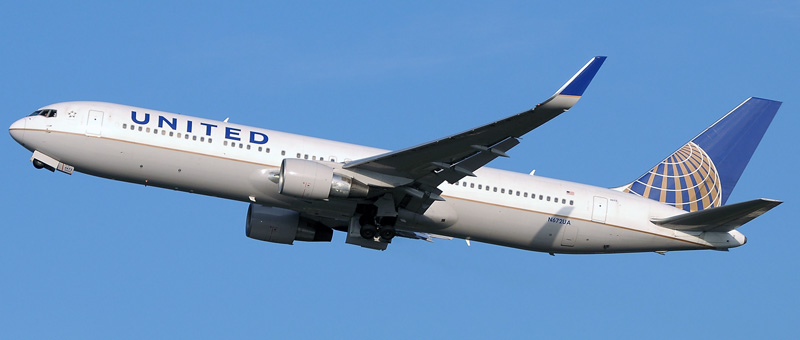
Should an airline buy additional 767-300ERs (if offered) or the overqualified and therefore more expensive 787-8? Or is defecting to the Airbus A330-200/-800 a better option?
Summary:
- The 767-300ER takes about 30 fewer passengers than the 787-8 or A330-200/-800.
- It’s lighter than the longer range 787 and A330s; therefore landing fees will be lower.
- Its lower weight and smaller size also lowers crew costs.
- The lower costs for fees and crew can’t fully compensate for higher fuel and maintenance costs per passenger.
- It will be up to aggressive pricing to close the gap to the more capable and lower cost 787-8 or A330-200/-800, should Boeing restart the passenger 767 line.
Airbus, Rolls-Royce and Siemens develops Hybrid-Electric demonstrator
By Bjorn Fehrm
November 29, 2017, © Leeham Co.: Airbus, Rolls-Royce and Siemens yesterday announced they will fly a hybrid-electric demonstrator by 2020, E-Fan X (Figure 1).
The aircraft, a BAe 146 four engine regional jet, will have one if its turbofans replaced by a Rolls-Royce/Siemens electric fan propulsor. The demonstrator is part of a technology program exploring the challenges around electric flight.
Leahy reflects on 33 years at Airbus
John Leahy will retire in January and stay for a short transition to help his successor, Eric Schulz, who was named EVP, Chief of Sales, Marketing and Contracts. Leahy is Chief Operating Officer-Customers. During his three-decade long tenure at Airbus, the company moved from a single-digit market share to surpassing Boeing for more than a decade in sales. Leahy spoke with LNC about his retirement.
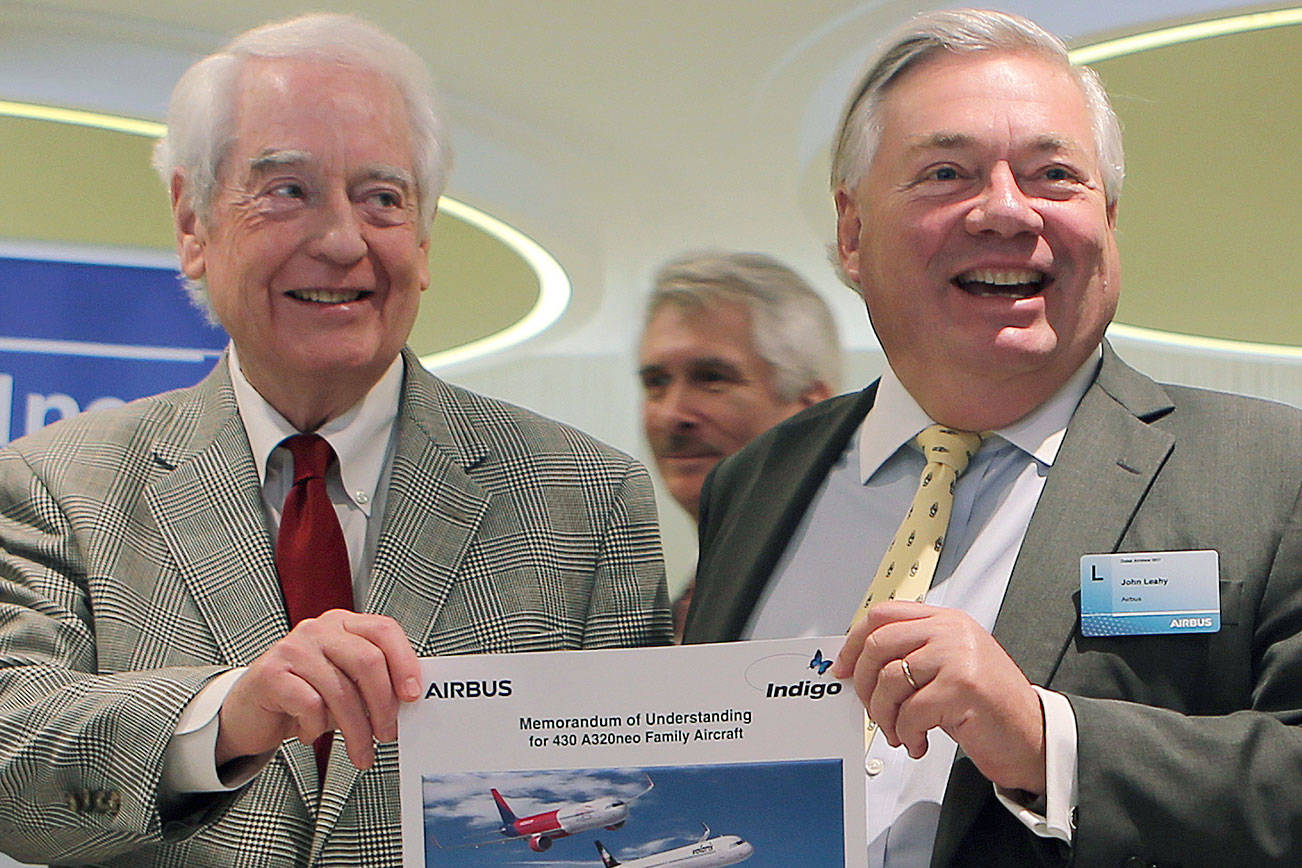
John Leahy, right, with William Franke, CEO of Indigo Partners at a history-making deal for 430 A320neos, announced at the Dubai Air Show. Photo via Google images.
Nov. 28, 2017, © Leeham Co.: John Leahy was a salesman at Piper Aircraft, a small general aviation aircraft producer when he received a call from a headhunter to join Airbus North America as its top salesman.
Leahy was head of marketing at Piper. With a pilot’s license, he would take various Piper aircraft to conventions or air shows and on sales calls for demonstration.
“It was great fun,” he said. “It was really an enjoyable job.” Leahy said Piper was consolidating everything in Vero Beach (FL) and he wasn’t sure he wanted to move there. He wanted a more direct sales role and accepted a position with Piper in Geneva, Switzerland, as Director of the Eastern Hemisphere. “I felt that was pretty cool.”
Before moving, the headhunter called.
Eric Schulz new Airbus Commercial Aircraft sales manager
By Bjorn Fehrm
November 28, 2017, ©. Leeham Co: Eric Schulz, President of the Civil Aerospace division at Rolls-Royce, has been appointed as the successor of John Leahy, COO-Customers, at Airbus.
Schulz will join Airbus as EVP, Head of Sales, Marketing & Contracts for the Commercial Aircraft business end of January 2018.
Leahy, also called Mr. Airbus by his customers, is retiring after having sold 16,000 aircraft over 33 years at Airbus. Leahy will stay on until early spring 2018 to help the transition to Schulz.
Schulz has been heading Civil Aerospace at Rolls-Royce since January 2016. He joined Rolls Royce in February 2010 as Chief Operating Officer of Gas Turbine Services and ran the Civil Large engines business from 2013.
I met Schulz at the Airbus A330neo first flight a month ago, where he headed the Rolls-Royce group. He is a very approachable and I got a good impression after only 10 minutes of discussion, while waiting for the A330neo to taxi in after its first flight.
Schulz is of French origin but speaks perfect English after 10 years in the US. He worked as president for EADS’ and Northrop Grumman’s EADS Aeroframe company (who successfully sold the Airbus A330 for the US Air Force tanker program, which was overturned on appeal by Boeing) and then president of Goodrich Actuation Systems until joining Rolls-Royce in 2010.
Schulz is now going full circle, as his first job after Masters Degrees at the Ecole d’Ingenieurs of Geneva and ESTA Engineering and Technology School (Paris), was at Airbus (then Aerospatiale).



